Windows for extreme weather need reinforced frames, impact-resistant glass, enhanced weatherstripping, and proper installation to withstand high winds, temperature extremes, and severe storms. Double or triple-pane glass with Low-E coatings handles temperature swings, while laminated glass resists impact from hail and debris. Frame materials like aluminum, fiberglass, or reinforced vinyl perform better than standard materials in harsh conditions.
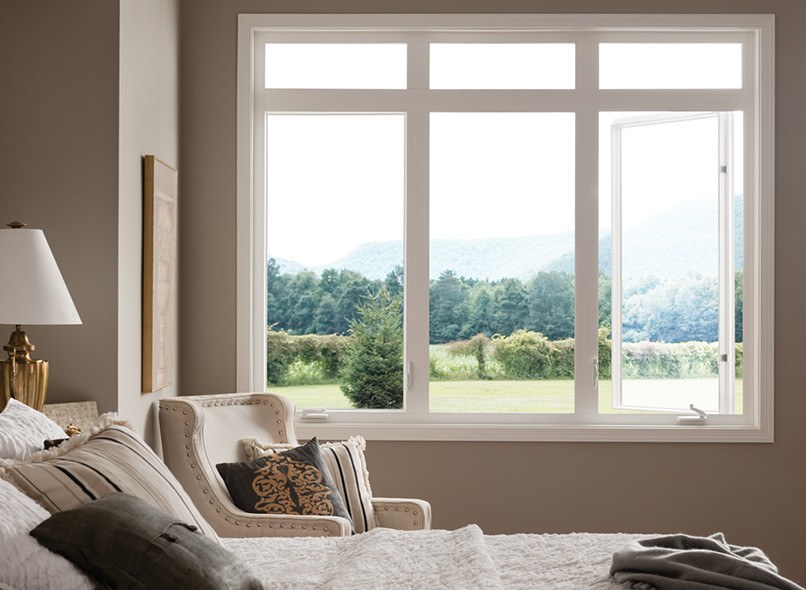
Understanding Extreme Weather Challenges
Types of Extreme Weather Conditions
High-wind environments:
- Hurricane-force winds (74+ mph sustained)
- Tornado conditions (100+ mph rotating winds)
- Mountain wind zones (80+ mph straight-line winds)
- Coastal storm surge areas
Temperature extremes:
- Arctic conditions (-40°F or lower)
- Desert heat (120°F+ air temperatures)
- Rapid temperature swings (50°F+ changes in 24 hours)
- High altitude freeze-thaw cycles
Severe precipitation:
- Heavy snow loads (40+ pounds per square foot)
- Ice storms with significant accumulation
- Driving rain with hurricane-force winds
- Hail storms with large stones (golf ball size or larger)
Combined extreme conditions:
- Blizzards with high winds and snow
- Ice storms with freezing rain and wind
- Severe thunderstorms with hail, wind, and rain
- Tropical storms with wind, rain, and debris
How Extreme Weather Affects Windows
Wind damage mechanisms:
- Direct pressure on glass and frames
- Flying debris impact
- Frame deflection and seal failure
- Pressure differentials causing implosion or explosion
Temperature damage:
- Thermal expansion and contraction stress
- Seal failure from temperature cycling
- Frame material degradation
- Condensation and ice formation
Precipitation challenges:
- Water infiltration through failed seals
- Ice formation blocking drainage
- Snow loading on frames and hardware
- Hail impact damage to glass and frames
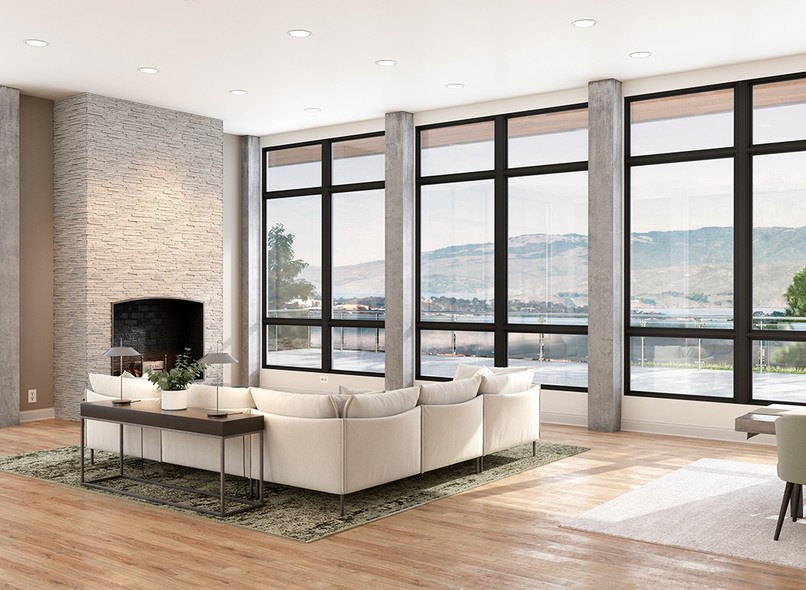
Glass Technologies for Extreme Weather
Impact-Resistant Glass Options
Laminated glass construction:
- Two or more glass layers with plastic interlayer
- Maintains integrity even when cracked
- Resists penetration from flying debris
- Available in various thicknesses for different impact levels
Tempered glass applications:
- Four times stronger than standard glass
- Breaks into small, less dangerous pieces
- Better for areas with thermal stress
- Often required by code in certain applications
Insulated laminated units:
- Combines impact resistance with energy efficiency
- Multiple glass layers with insulating spaces
- Advanced coatings for thermal performance
- Custom configurations for specific needs
Energy Performance Glass
Low-E coatings for temperature control:
- Reflects heat in summer, retains warmth in winter
- Multiple coating options for different climates
- Maintains visibility while improving performance
- Essential for extreme temperature environments
Gas fills for enhanced insulation:
- Argon gas: Standard upgrade for better insulation
- Krypton gas: Superior performance in thin spaces
- Triple-pane units: Maximum insulation for extreme cold
- Vacuum glazing: Emerging technology for ultimate performance
Specialized coatings:
- Heat-absorbing tints for extreme heat
- Reflective coatings for solar control
- Anti-reflective treatments for clarity
- Self-cleaning coatings for maintenance reduction
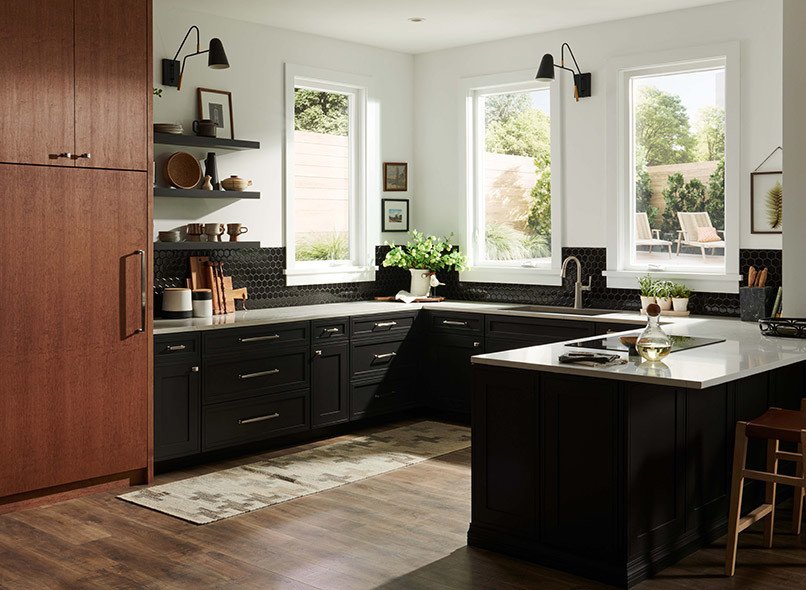
Frame Materials for Harsh Conditions
Aluminum Frames for Extreme Conditions
Advantages in harsh weather:
- Exceptional strength and durability
- Resistant to temperature extremes
- Won’t rot, warp, or deteriorate
- Can support heavy impact-resistant glass
Performance enhancements:
- Thermal breaks prevent heat transfer
- Reinforced corners and connections
- Heavy-duty weatherstripping systems
- Powder coating resists corrosion
Best applications:
- Hurricane and high-wind zones
- Commercial and high-rise buildings
- Large window openings requiring strength
- Areas with extreme temperature variations
Fiberglass Frame Performance
Superior dimensional stability:
- Expands and contracts at same rate as glass
- Maintains seal integrity through temperature cycles
- Extremely strong and impact-resistant
- Long-term durability in harsh conditions
Energy efficiency benefits:
- Low thermal conductivity
- Can accommodate thick insulated glass units
- Excellent air sealing capabilities
- Minimal maintenance requirements
Limitations to consider:
- Higher cost than vinyl or aluminum
- Limited color and style options
- Fewer manufacturers and installers
- Repair complexity if damage occurs
Vinyl Frame Considerations
When vinyl works in extreme weather:
- Multi-chamber designs for strength
- Impact-resistant formulations
- Welded corners for structural integrity
- Quality weatherstripping systems
Limitations in extreme conditions:
- Can become brittle in extreme cold
- May soften in extreme heat
- Limited strength for very large openings
- Potential for thermal expansion issues
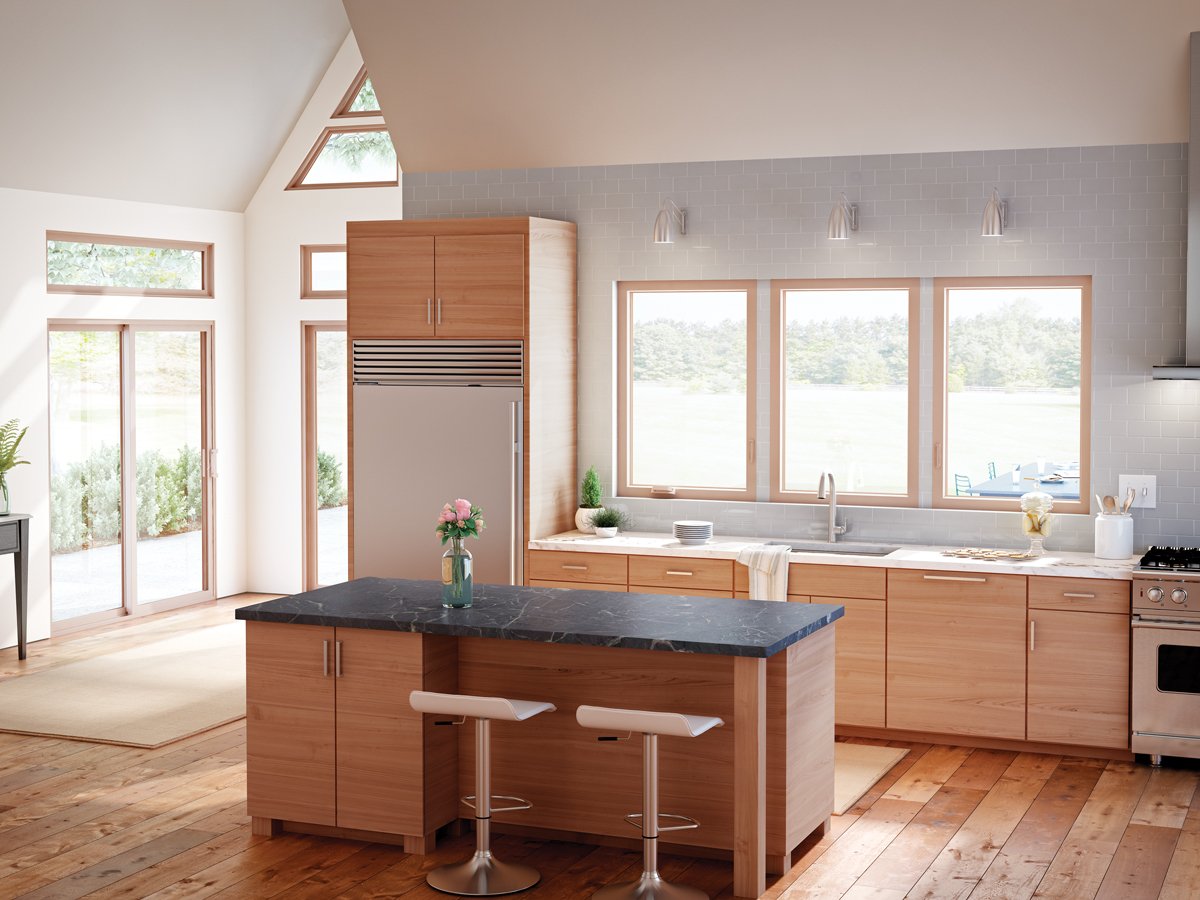
Design Pressure and Wind Resistance
Understanding Design Pressure Ratings
DP rating categories:
- DP-15: Basic protection (90 mph winds)
- DP-25: Moderate protection (100 mph winds)
- DP-30: Enhanced protection (110 mph winds)
- DP-40: High protection (130 mph winds)
- DP-50+: Extreme protection (150+ mph winds)
Factors affecting required ratings:
- Geographic wind zone designation
- Building height and exposure
- Window size and orientation
- Local building code requirements
Structural Performance Requirements
Testing standards for extreme weather:
- ASCE 7 wind load calculations
- ASTM testing for structural performance
- Florida Building Code (most stringent in US)
- International Building Code requirements
Installation considerations:
- Structural attachment to building frame
- Proper flashing and waterproofing
- Adequate structural support for loads
- Professional engineering for critical applications
Climate-Specific Window Recommendations
Hurricane and Coastal Storm Areas
Essential features:
- Impact-resistant laminated glass
- DP-40 or higher pressure ratings
- Aluminum or reinforced vinyl frames
- Enhanced weatherstripping and seals
Recommended configurations:
- Double-hung with impact glass
- Casement windows with multipoint locking
- Fixed picture windows for large openings
- French doors with impact glazing
Additional considerations:
- Complete building envelope protection
- Proper drainage and flashing details
- Salt air corrosion resistance
- Insurance and code compliance requirements
Extreme Cold Climate Areas
Critical performance features:
- Triple-pane insulated glass units
- U-factors of 0.20 or lower
- Condensation-resistant designs
- Thermal break frame construction
Frame material preferences:
- Fiberglass for dimensional stability
- Thermally broken aluminum
- Multi-chamber vinyl with reinforcement
- Wood frames with proper protection
Operational considerations:
- Low-temperature hardware operation
- Drainage for ice and snow melt
- Easy interior cleaning access
- Maintenance accessibility in harsh conditions
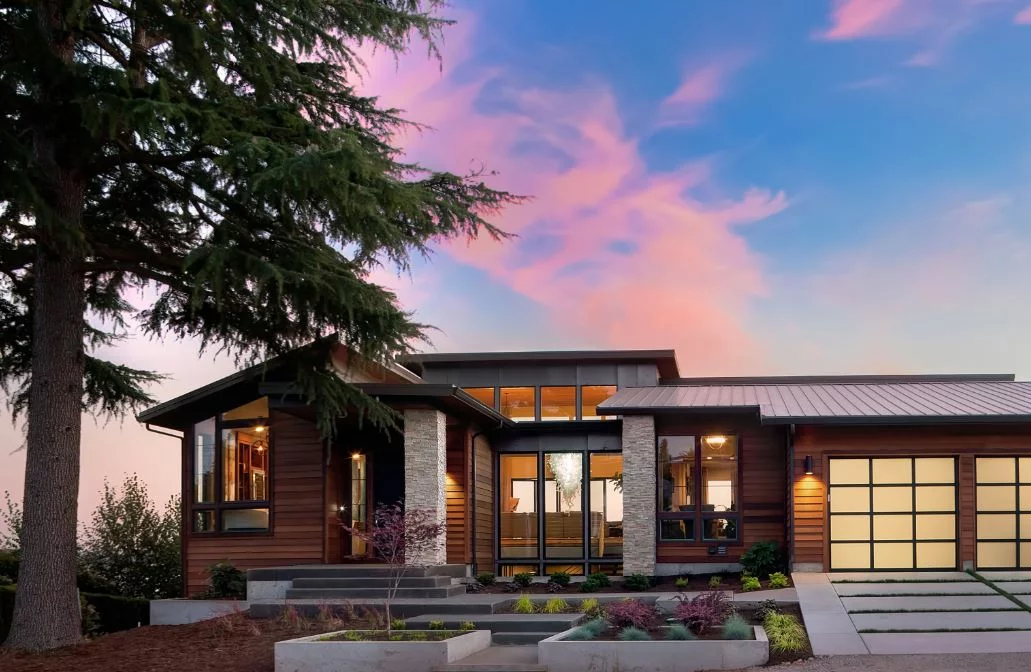
Desert and Extreme Heat Areas
Heat management features:
- Low solar heat gain coefficients (SHGC)
- Reflective or heat-absorbing glass
- Light-colored frames to reduce heat absorption
- Enhanced ventilation capabilities
Durability requirements:
- UV-resistant frame materials and finishes
- Thermal stress-resistant glass
- Expansion joint accommodation
- Minimal maintenance requirements
Energy efficiency priorities:
- Maximum solar heat rejection
- Excellent thermal insulation
- Air leakage minimization
- Integration with cooling systems
Tornado and Severe Storm Areas
Impact protection priorities:
- Large missile impact resistance (Level D)
- Reinforced frame-to-structure connections
- Safe room and shelter area considerations
- Emergency egress maintenance
Practical considerations:
- Cost-effective protection levels
- Insurance requirement compliance
- Aesthetic integration with home design
- Maintenance and replacement planning
Installation Requirements for Extreme Weather
Enhanced Installation Techniques
Structural attachment methods:
- Through-wall fastening systems
- Structural glazing techniques
- Enhanced anchor bolt specifications
- Engineering-approved connection details
Weatherproofing upgrades:
- Advanced flashing systems
- Multiple seal barriers
- Pressure-equalized drainage
- Continuous air and vapor barriers
Professional Installation Standards
Contractor qualifications:
- Experience with extreme weather installations
- Knowledge of local code requirements
- Proper equipment for challenging conditions
- Insurance and bonding for high-value work
Quality control measures:
- Pre-installation site assessment
- Material inspection and testing
- Installation progress monitoring
- Final performance verification
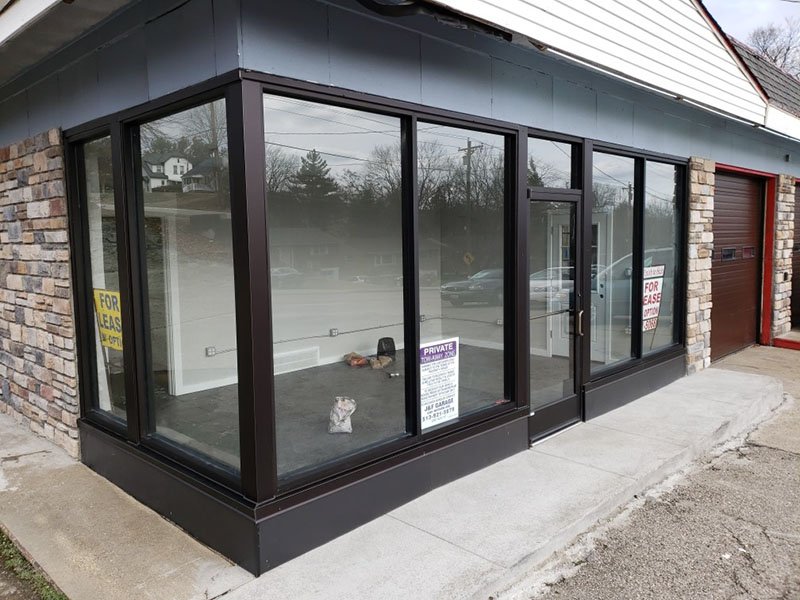
Maintenance and Longevity in Harsh Conditions
Regular Maintenance Requirements
Critical maintenance tasks:
- Seal and weatherstripping inspection
- Drainage system cleaning
- Hardware lubrication and adjustment
- Frame and glass damage assessment
Frequency recommendations:
- Semi-annual inspections in extreme weather areas
- Post-storm damage assessments
- Annual professional maintenance
- Immediate repair of any damage
Signs of Weather-Related Damage
Early warning indicators:
- Air or water infiltration
- Difficult window operation
- Visible seal deterioration
- Frame movement or separation
When to consider replacement:
- Repeated seal failures
- Structural damage to frames
- Glass damage or stress cracks
- Performance degradation below acceptable levels
Cost Considerations for Extreme Weather Windows
Premium Pricing Factors
Cost increases for extreme weather performance:
- Impact-resistant glass: 40-60% premium
- High design pressure ratings: 20-40% premium
- Enhanced frame materials: 25-50% premium
- Specialized installation: 15-30% premium
Total project cost ranges:
- Basic extreme weather windows: $500-$1,000 per window
- Premium systems: $800-$1,500 per window
- Commercial-grade installations: $1,200-$2,500 per window
Long-Term Value Considerations
Benefits justifying higher costs:
- Reduced property damage from storms
- Lower insurance premiums
- Improved energy efficiency
- Enhanced comfort and security
- Increased property values
Payback analysis:
- Insurance savings: 3-10 years typical
- Energy savings: 5-15 years typical
- Damage prevention: Varies with storm frequency
- Comfort and security: Immediate benefits
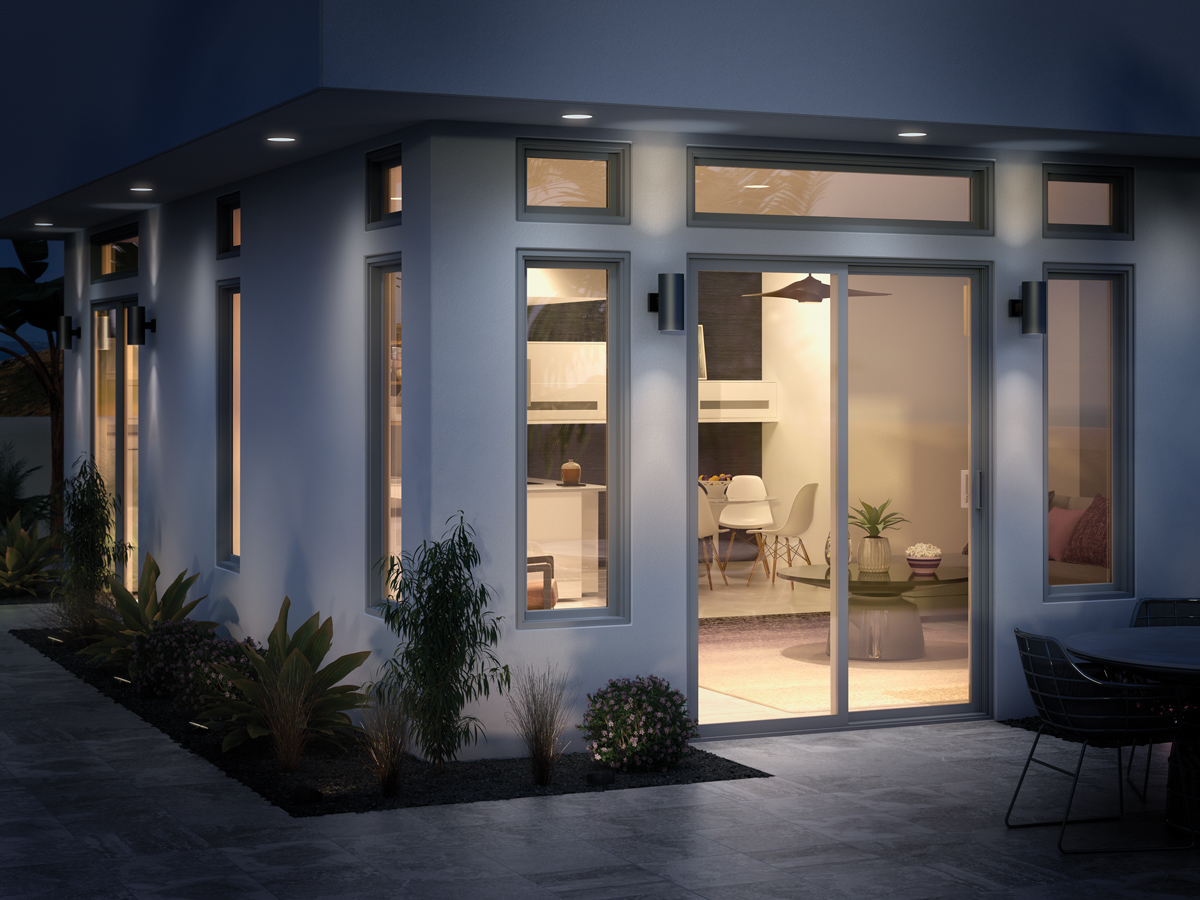
Choosing the Right Windows for Your Climate
Assessment Process
Evaluate your specific risks:
- Historical weather data for your area
- Local building code requirements
- Insurance company recommendations
- Future climate projections
Performance prioritization:
- Wind resistance vs. thermal performance
- Impact protection vs. energy efficiency
- Cost vs. comprehensive protection
- Aesthetics vs. maximum performance
Professional Consultation
Work with experienced professionals:
- Local contractors familiar with climate challenges
- Engineers for complex or critical applications
- Insurance agents for coverage requirements
- Building officials for code compliance
Key questions to ask:
- What performance levels are required vs. recommended?
- Which products have proven track records locally?
- What installation details are critical for performance?
- How do different options affect insurance and resale value?
The Bottom Line
Windows for extreme weather require careful selection of materials, designs, and installation techniques to withstand harsh conditions while maintaining comfort and efficiency. The investment in properly specified extreme weather windows pays off through reduced damage, lower insurance costs, and improved comfort.
Success depends on understanding your specific climate challenges, choosing appropriate performance levels, and ensuring proper professional installation. While costs are higher than standard windows, the protection and performance benefits typically justify the investment in areas with severe weather.
Work with experienced local professionals who understand your climate’s unique challenges and can recommend proven solutions that meet both code requirements and your specific needs and budget.
At Utah Window Experts, we specialize in selecting and installing windows designed to withstand the Mountain West’s extreme weather conditions, including high winds, temperature swings, and severe storms. Our team understands local climate challenges and can recommend the most appropriate solutions for your specific location and exposure.